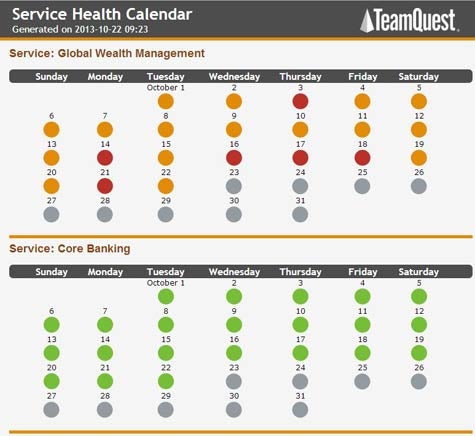The proverbial stitch in time may save nine, but IT operations predicting problems before they occur saves more than just the budget.
TeamQuest, a provider of IT management software, has made available a predictive analytics offering that can be used to identify the root causes of likely future performance issues.
According to TeamQuest product advocate Dave Wagner, TeamQuest Risk Prediction helps IT organizations address the complexity of IT environments where multiple application workloads now routinely run on top of virtual machines that compete for a limited amount of physical resources. By applying predictive analytics to that complexity, Wagner says TeamQuest Risk Prediction can be used to analyze the data it collects as often as every 15 minutes.
Wagner says most IT organizations today don’t have the time or skill sets needed to proactively manage their IT environments. Application performance, notes Wagner, rarely degrades linearly, so even if the IT organization does become aware of an issue before it has an impact on an application, they usually don’t have enough time to prevent that issue from actually affecting an application.
The end result is that most IT professionals are operating in a break/fix mentality that focuses on trying to repair things as fast as possible once they do actually break. With the rise of predictive analytics, however, IT organizations can now have access to tools that identify probable performance issues in what Wagner says will be plenty of time to actually adjust their course and speed.
Wagner also says the data that TeamQuest Risk Prediction collects can be exported to other tools, including application life cycle management (ALM) applications used to manage DevOps and financial management applications used to keep track of IT investments.
Predictive analytics is being broadly applied to optimize a broad range of business processes. That same capability can just as easily be applied to IT processes, as well. In fact, arguably the best place for IT organizations to become familiar with the potential of predictive analytics is to apply it to their own internal operations first. That way, when it comes time to apply it to the rest of the business, the IT organization will have a much deeper understanding of both the true potential of predictive analytics and more importantly, how it actually works.




